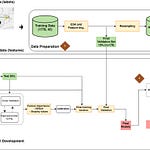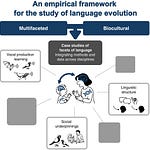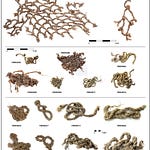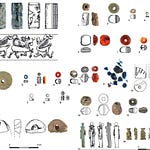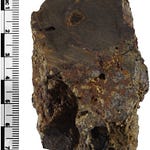The Cave That Wouldn’t Stop Asking Questions
When researchers first sifted through the jumbled bones from the Troisième caverne of Goyet in Belgium, they expected the usual challenges of working with 19th century excavation material: incomplete notes, mixed layers, the silent absence of field documentation. What they did not expect was a demographic pattern so strange that it strained the boundaries of chance itself.
There were six individuals. Four were adults or adolescents. All four were female. The remaining two were a child and a newborn boy. Nearly every individual, except the infant, bore the unmistakable signatures of intense butchery.
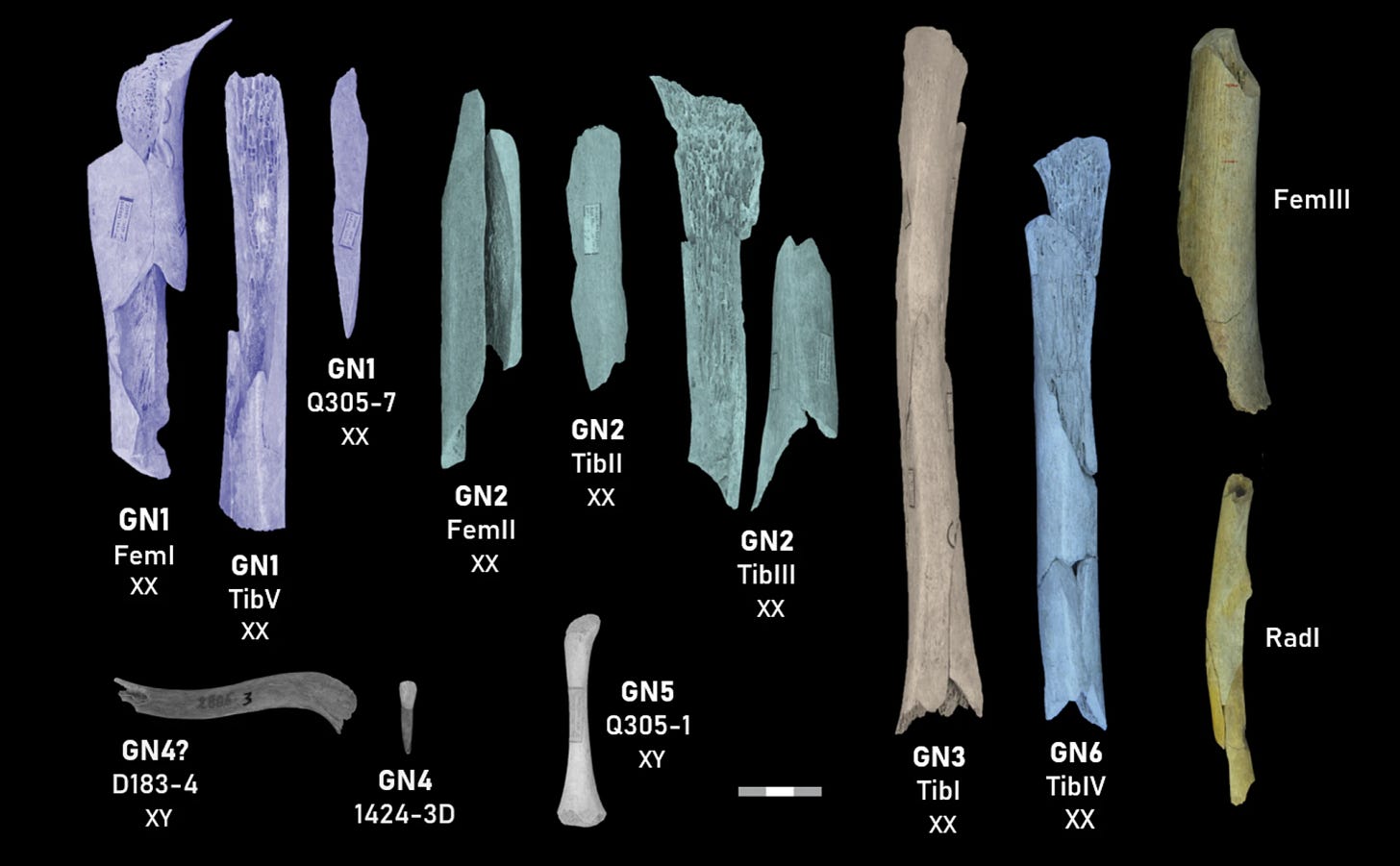
Cut marks hemmed clavicles and long bones. Fresh-bone fractures formed starbursts along the shafts. Tibias and femora, the calorie-rich engines of prehistoric meat economies, were smashed open as if they were no different from hunted horse or reindeer. Several bone fragments had even been repurposed as tools.
The statistical probability that this grouping happened by accident is nearly zero, according to the study’s authors.
What emerged1 from this cave was not an ordinary Neanderthal assemblage. It was a story about selection. And perhaps about fear.
“The demographic skew alone hints at purposeful targeting, not random mortality,” says Dr. Elena Rossi, a paleoanthropologist at Cambridge University. “It takes the case out of the realm of ecological happenstance and into the realm of human decision making.”
Listen to this episode with a 7-day free trial
Subscribe to Anthropology.net to listen to this post and get 7 days of free access to the full post archives.


